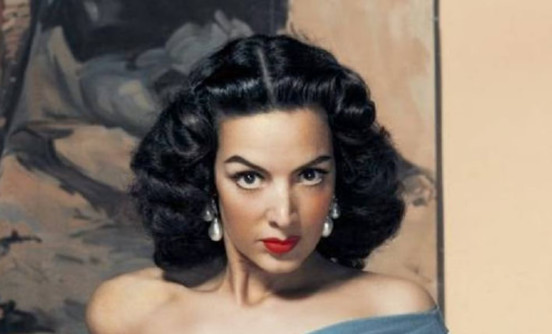When to Use Don and Doña in Spanish
If you’ve heard people say Don Juan or Doña María, and you’re wondering what those words mean and when to use them, here’s a quick explanation.
Don (for men) and Doña (for women) are respectful titles that go before someone’s first name, not the last name. So you’d say Don Pedro, not Don Ramírez. Same with women: Doña Ana, not Doña López. It’s a polite way to show respect, especially for older people, or people who are seen as important in the community—like a respected neighbor, a small-town shop owner, or a grandparent figure. If you use Don or Doña, you usually use usted as well, not tú.
You might also hear it used in a loving or familiar way, depending on the tone. For example, someone might say Doña Lupita with warmth and affection.
One funny thing: when people start calling you Don or Doña, it usually means you’ve crossed some kind of invisible age line. Like, congratulations—you’ve officially entered the “respected adult” stage of life. Or maybe just the “you look older than you think” club. 😅
In Mexico and many other Latin American countries, Don and Doña are still common.
In Spain, they’re more formal and not used so much in everyday conversation anymore, except in official situations or literature. In Spain, they call their royals Rey Don Juan Carlos, Reina Doña Sofía, Rey Don Felipe VI.

Similar Titles in Other Languages
In Italian, there’s Don and Donna, although “Don” is mostly heard in Southern Italy or in older movies (and yes, like Don Corleone in The Godfather). In Portuguese, they use Dona for women (Dona Maria), and Dom for men, but Dom is mainly used in religious or noble settings.
In Romanian, it’s Doamnă for women and Domnule for men—both formal ways to address someone. All of these words come from Latin, from dominus (lord) and domina (lady).
Even the Spanish word Domingo (Sunday) comes from the same root—it meant “the Lord’s day.”
Famous Dones
-
Don Quijote – The original! From the famous novel by Cervantes. A dreamer who fights windmills.
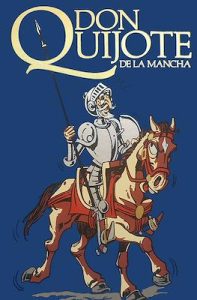
Don Quijote -
Don Juan – The classic womanizer character, also from Spanish literature. Also Don Juan Tenorio, very popular theatrical play and character in Mexico. Many of its characters are don and doña:
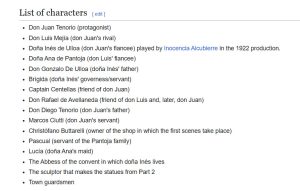
Don Juan Tenorio characters -
Don Ramón – From El Chavo del 8, beloved and always broke, but a fan favorite.

Don Ramón -
Don Pedro – A brandy.
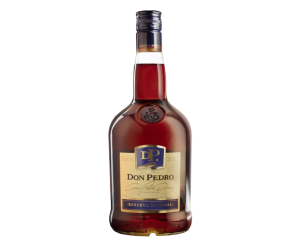
Brandy Don Pedro -
Don Corleone – Okay, he’s Italian and fictional (The Godfather), but the “Don” title stuck for mafia bosses everywhere.

Don Corleone - Don Nadie – Mr. No One
Famous Doñas
-
Doña María Félix – La Doña herself. The most iconic Mexican actress and symbol of strength and beauty.
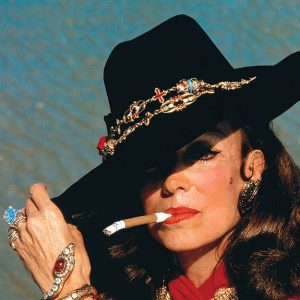
La Doña María Félix -
Doña Clotilde (La Bruja del 71) – From El Chavo del 8. The “witch” of the vecindad who just wanted Don Ramón’s love.
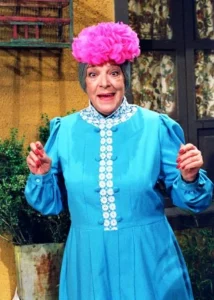
Doña Clotilde -
Doña Sara García – Known as “la abuelita de México”, she played grandmas in dozens of classic Mexican films.
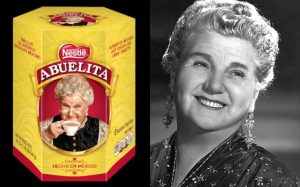
Doña Sara García -
Doña Bárbara – A strong character from Latin American literature (Rómulo Gallegos), also adapted into telenovelas.
-
Doña María Mole – A staple Mexican food brand; everyone has seen that jar in their grandma’s kitchen.
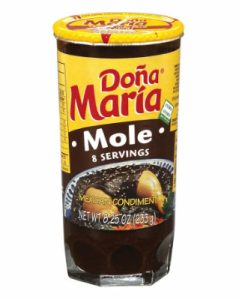
Mole Doña María 🔗 Leer más sobre Don y Doña famosas
- 🔗 María Félix – “La Doña”
Biografía de la icónica actriz mexicana considerada la máxima Doña. - 🔗 Doña Clotilde – “La Bruja del 71”
Información sobre Angelines Fernández y el personaje entrañable de El Chavo del 8. - 🔗 Sara García – “La abuelita de México”
La trayectoria de la actriz que representó a la abuela mexicana en cine y telenovelas. - 🔗 Mole Doña María
Artículo sobre el mole tradicional y su relevancia cultural y comercial.
- 🔗 María Félix – “La Doña”
So, if someone calls you Don or Doña, take it as a sign of respect. Or as a gentle reminder that maybe you’re not as young as you used to be. Either way—it’s a classic and still-lovely part of the Spanish language.


